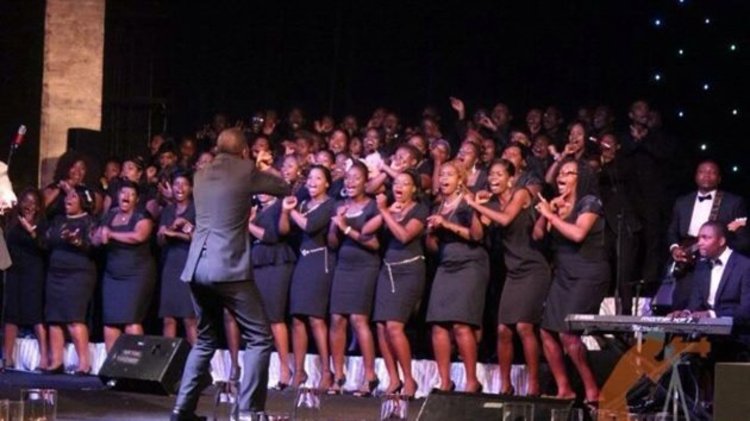Mural painting defines Ndebele people of SA

Women of the Ndebele tribe in South Africa are often the tradition carriers and the main developers of the world renowned wall art of their home.
The Ndebele people are descendants of the Nguni tribe, one of the four major ethnic divisions among South Africans (the others are the Sotho, Shangaan-Tsonga and Venda). There are three main groups of Ndebele people — Southern, Northern and the Ndebele of Zimbabwe.
The Ndebele of Zimbabwe speak a distinct language from the Southern and Northern groups, both of which reside in South Africa. To this day, the Ndebele live primarily in the Gauteng, Limpopo and Mpumalanga provinces of South Africa.
The Art
Mural painting known as ukugwala is done by women and their daughters, which entails the multi-coloured application of acrylic paint on the entire outer and inner courtyard and house walls.
This skill is passed from mother to daughter and is done by hand without the aid of squares or rulers. While the entire exterior of the house is painted, the most intricate and colourful designs are saved for the front of the house.
The vibrant symbols and expressions portray communications of personal prayers, self-identification, values, emotions, and marriage.
These colourful patterns can also be found in women’s fashion.
After a Ndebele woman marries, her fashion and accessories become more colourful and extravagant, reflecting her growing status in the community.
Women wear brass rings called idzila around their arms, legs and neck after they are married.
The rings symbolise a woman’s faithfulness to her husband and are believed to have strong ritual powers.
The Ndebele’s distinctive designs have gone on to influence designers the world over. French footwear designer Christian Louboutin, for instance, designed a pair of stilettos using motifs from Ndebele culture.
Esther Mahlangu, an internationally recognized Ndebele artist, has had her work commissioned by BMV and South African Airways. In 1991, she painted a BMW 525i in the traditional style of Ndebele mural work.
Marriage
The Ndebele wedding ceremony is celebrated in three stages, and can take several years. Marital negotiations between the two sets of families are an extended process that includes, the first stage is lobola for the bride; this is paid in instalments with both money and livestock; the second stage, a two-week separation of the bride during which other women teach the bride how to be a good wife and the third stage is completed when the bride has her first child.
The groom-to-be sends a letter to the bride’s family to request a date for the lobola (bride price) negotiation.
He then has to purchase a sheep, some blankets, a broom and a few clothes for the girl’s family.
The groom’s parents then visit the bride’s parents and pay the lobola, after this they take the girl to the man’s family for familiarisation. Preparation for the wedding day will include writing up a guest list and sending out of the invitations, this happens two weeks before the wedding day.
Food is cooked the traditional way which must include ‘‘mealie pap’’ (traditional maize meal), meat and salads, fruit, sweets and cakes. — The Guardian








Comments